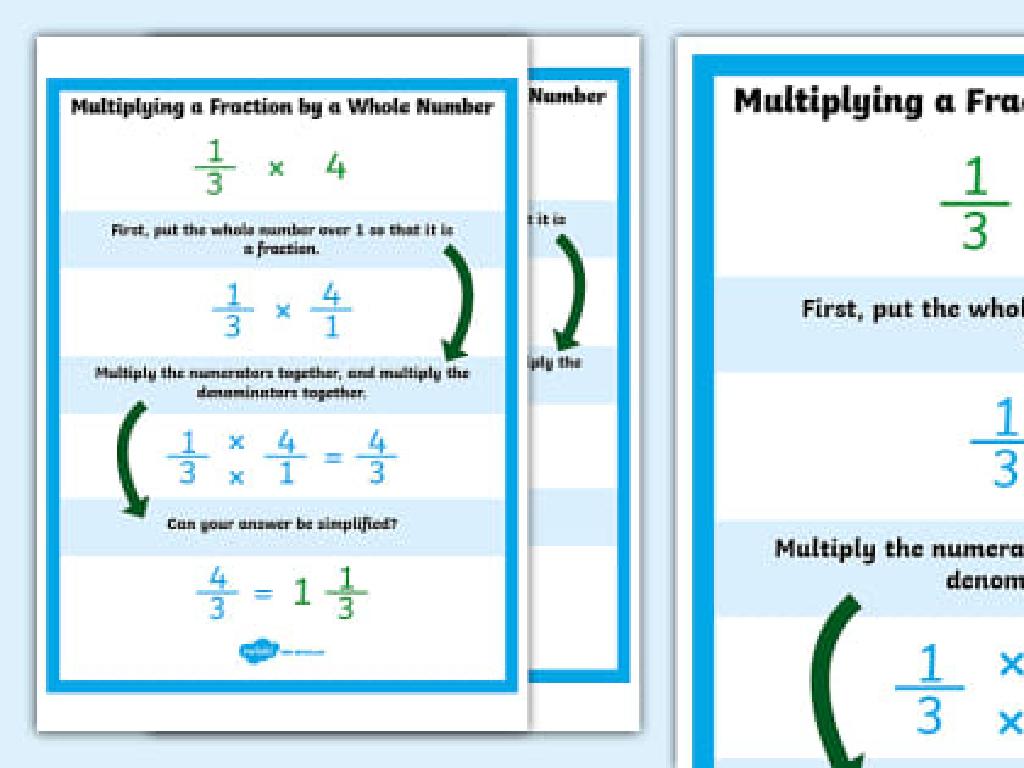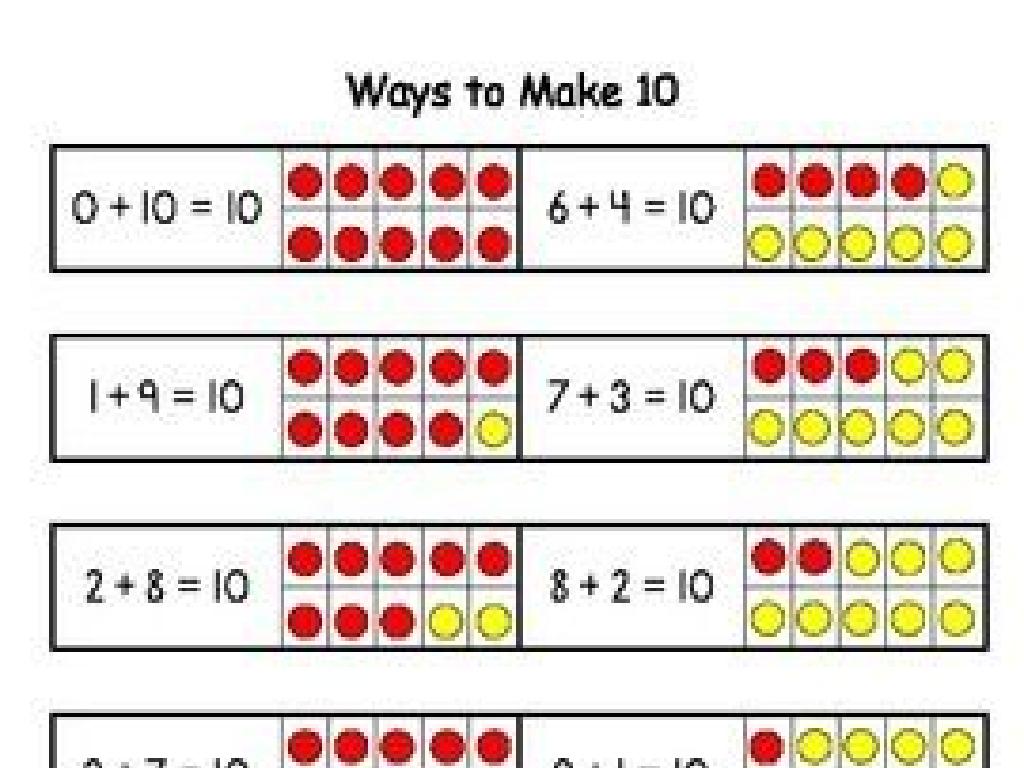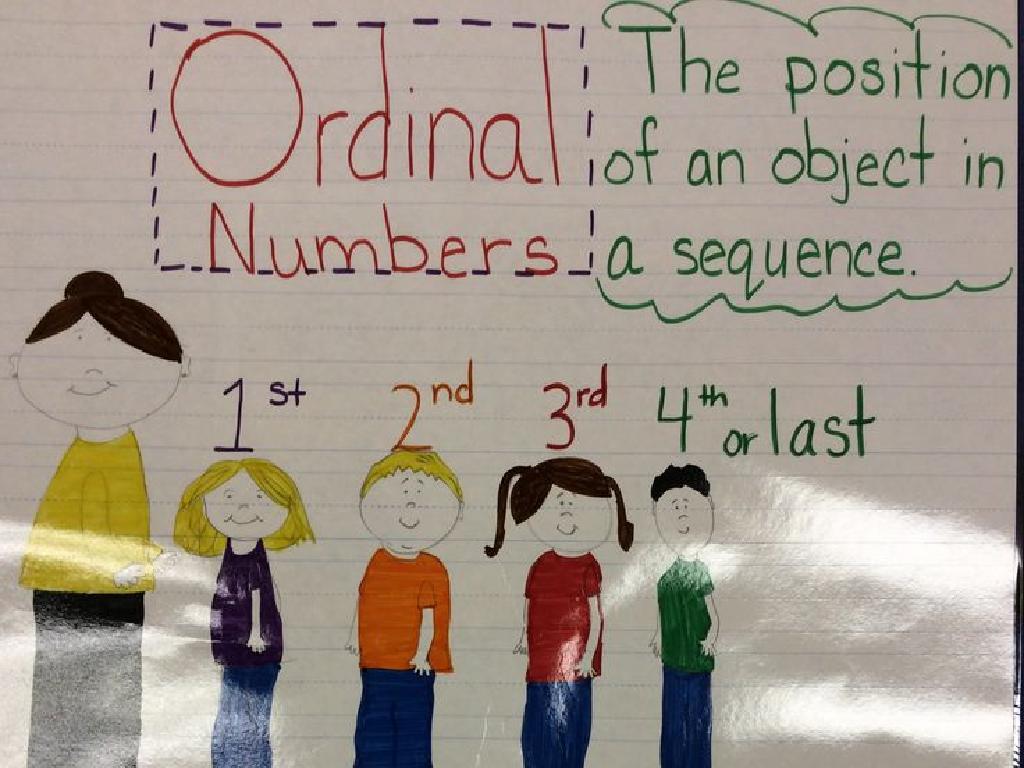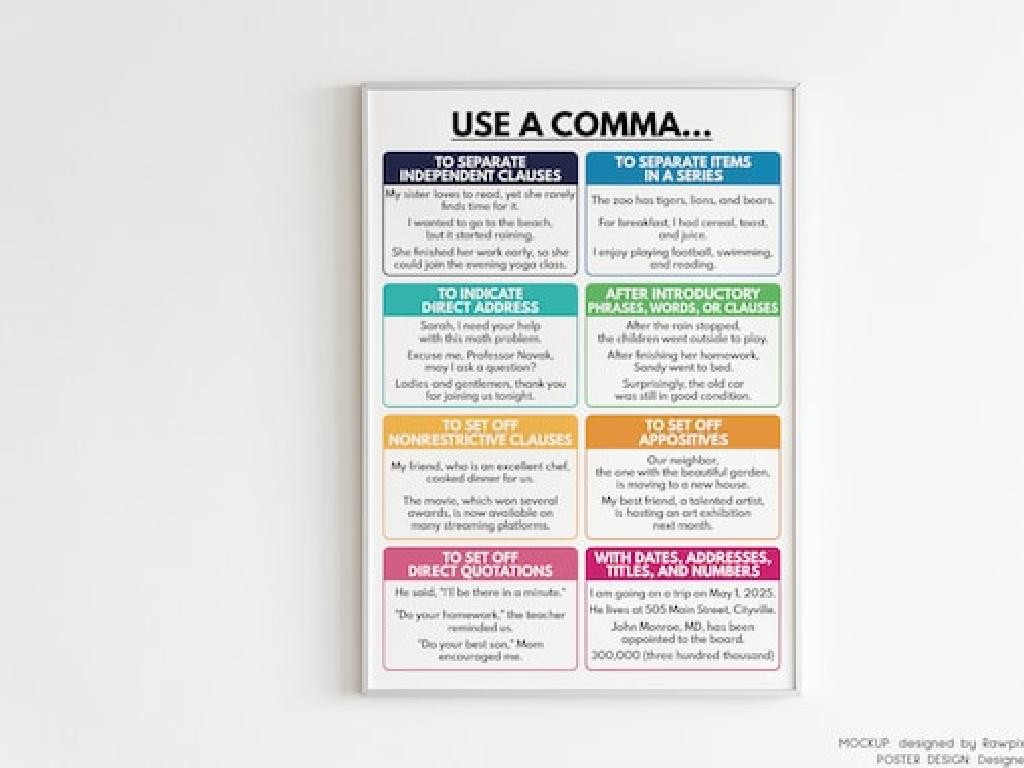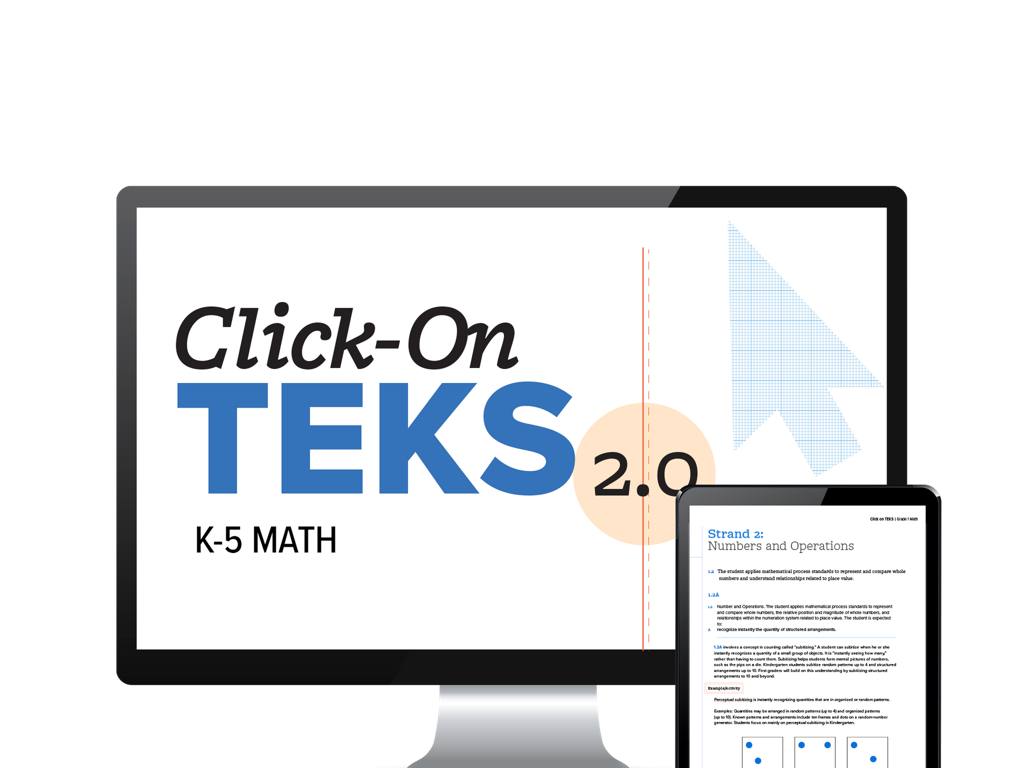Identify Questions That Can Be Investigated With A Set Of Materials
Subject: Science
Grade: Sixth grade
Topic: Designing Experiments
Please LOG IN to download the presentation. Access is available to registered users only.
View More Content
Introduction to Experiment Design
– Define an experiment
An experiment is a test to discover or demonstrate something.
– Purpose of experiments
Experiments help us understand how things work and test hypotheses.
– Experiments in science
In science, experiments are crucial for making discoveries and learning.
– Crafting investigative questions
|
This slide introduces students to the concept of experiment design, which is a foundational element in scientific inquiry. Begin by defining what an experiment is, emphasizing that it’s a methodical procedure carried out with the goal of verifying, refuting, or establishing the validity of a hypothesis. Explain that experiments are essential in science because they provide empirical data and objective results, which help us understand the natural world. Discuss the importance of having a clear purpose for each experiment, which guides the process and the questions we seek to answer. Encourage students to think about how they can use materials and resources available to them to investigate questions that interest them, fostering a hands-on approach to learning and discovery.
The Scientific Method: Inquiry in Action
– Understanding the Scientific Method
– A systematic approach to explore observations and answer questions.
– Stages: Question to Conclusion
– Six key steps: Question, Research, Hypothesis, Experiment, Analysis, Conclusion.
– Formulating Investigative Questions
– Use materials to ask questions that can be tested through experiments.
– Designing and Conducting Experiments
– Gather data, observe, and record findings to support or refute the hypothesis.
|
This slide introduces the Scientific Method as a foundational process in scientific inquiry, tailored for a sixth-grade science class. Begin by explaining the method as a structured approach scientists take to investigate questions and test hypotheses. Walk through each of the six stages, emphasizing the importance of starting with a clear, investigable question. Encourage students to think about how they can use available materials to ask questions that lead to experiments. Provide guidance on how to design experiments that are fair and reliable, and how to analyze results to draw conclusions. The goal is to prepare students to apply the Scientific Method in their own investigations, fostering critical thinking and problem-solving skills.
Identifying Investigable Questions
– Characteristics of investigable questions
– Must be measurable and answerable through experiments
– Examples of scientific questions
– ‘How does sunlight affect plant growth?’ or ‘What factors influence the boiling point of water?’
– Everyday objects inquiry activity
– Use common items like a paperclip or pencil to ask scientific questions
– Formulating your own questions
|
This slide aims to teach students how to identify questions that can be investigated scientifically. A good scientific question should be clear, focused, and measurable; it should lead to an experiment with observable and recordable results. Provide examples of good scientific questions to illustrate the concept. The activity encourages students to think critically about everyday objects and formulate their own investigable questions. This exercise will help them understand the practical application of scientific inquiry and prepare them for designing their own experiments. Encourage creativity and curiosity, and remind them that there are no wrong questions at this stage.
Experiment Design: Matching Materials to Questions
– Common materials in experiments
– Examples: beakers, test tubes, Bunsen burners
– Selecting materials for your question
– Choose materials that best answer your experimental question
– Activity: Matching game
– Match various materials to different types of experiments
– Understanding material purpose
– Learn why each material is used in an experiment
|
This slide introduces students to the concept of selecting appropriate materials for scientific experiments. Start by discussing common materials found in a lab, such as beakers and Bunsen burners, and their general uses. Then, guide students on how to choose materials that align with the investigative question of an experiment. The activity involves matching materials to the type of experiment they would be used in, which reinforces the understanding of the purpose of each material. For example, beakers might be matched with mixing chemicals, while thermometers could be matched with experiments requiring temperature measurements. The teacher should prepare a list of materials and experiment types for the activity and ensure students can justify their matches. This exercise will help students think critically about the design of an experiment and the tools needed to conduct it effectively.
Designing Your Experiment
– Steps to plan an experiment
– Start with a question, form a hypothesis, list materials, and outline procedures.
– Role of a controlled variable
– A controlled variable is kept constant to not affect the experiment’s outcome.
– Design a simple experiment
– Choose a question and plan how to test it using materials you have.
|
This slide introduces students to the fundamental steps of planning a scientific experiment, emphasizing the importance of controlled variables. Begin by explaining that a good experiment starts with a clear question and a hypothesis, which is an educated guess about the outcome. Next, discuss the necessity of controlled variables, which are elements that remain unchanged throughout the experiment to ensure that the results are due to the tested variable only. For the activity, guide students to select a simple question that can be investigated with available materials, encouraging them to think about what they want to learn and how they can systematically test their hypothesis. Provide detailed guidelines for the teacher to facilitate this activity, suggesting possible experiments such as testing plant growth with different types of water or observing the effects of light on mold growth. Offer support in helping students understand how to structure their experiment and record their observations.
Group Activity: Design Your Own Experiment
– Form groups and brainstorm a question
– List all materials required for the experiment
– Create a step-by-step experiment plan
– Include control and experimental groups, if applicable
– Discuss expected outcomes and variables
– Identify independent, dependent, and controlled variables
|
This activity is aimed at fostering collaboration and critical thinking among students as they design their own experiments. Each group should start by identifying a scientific question they are curious about. Then, they need to list the materials they will need to conduct the experiment. Students should be guided to outline the steps of their experiment in a logical sequence, including control and experimental groups if necessary. They should also discuss what results they expect to see and identify the different types of variables involved in their experiment. The teacher should circulate and provide feedback, ensuring that each group’s plan is feasible and educational. Possible experiments could include testing plant growth under different light conditions, the effectiveness of various materials in insulating heat, or the impact of exercise on heart rate.
Presenting Your Experiment Plan
– Each group presents their plan
– Discuss expected findings
– What results do you anticipate?
– Class provides feedback
– Constructive comments to improve
– Reflect on the feedback
– How can the plan be refined?
|
This slide is designed to guide students through the process of presenting their experimental plans to the class. Each group will take turns to explain the steps they will take, the materials they will use, and what they expect to learn or discover. Encourage students to think critically about their hypotheses and the outcomes they predict. After each presentation, the class will engage by offering constructive feedback, asking clarifying questions, and suggesting possible improvements. This peer-review process is crucial for developing scientific thinking and communication skills. Teachers should facilitate the feedback to ensure it is productive and kind, and help students understand how to use the feedback to refine and improve their experimental plans. Prepare 4-5 different feedback examples to model the process for the students.
Crafting Your Experiment Plan
– Key elements of a good experiment
– Includes hypothesis, variables, and a clear procedure
– Precision and clarity in planning
– Clear steps help avoid confusion and errors
– Homework: Detailed experiment plan
– Describe materials, procedure, and what you’re testing
– Sharing your plan next class
|
In conclusion, remind students that a well-designed experiment is the backbone of scientific discovery. Emphasize the importance of a clear hypothesis, identifying variables, and a step-by-step procedure. For homework, students should write a detailed plan for an experiment using the materials and questions discussed in class. They should specify what they’re testing, the materials they’ll use, and the steps they’ll follow. Encourage them to be as precise as possible to ensure reproducibility and accuracy. In the next class, students will have the opportunity to share their plans and receive feedback.

